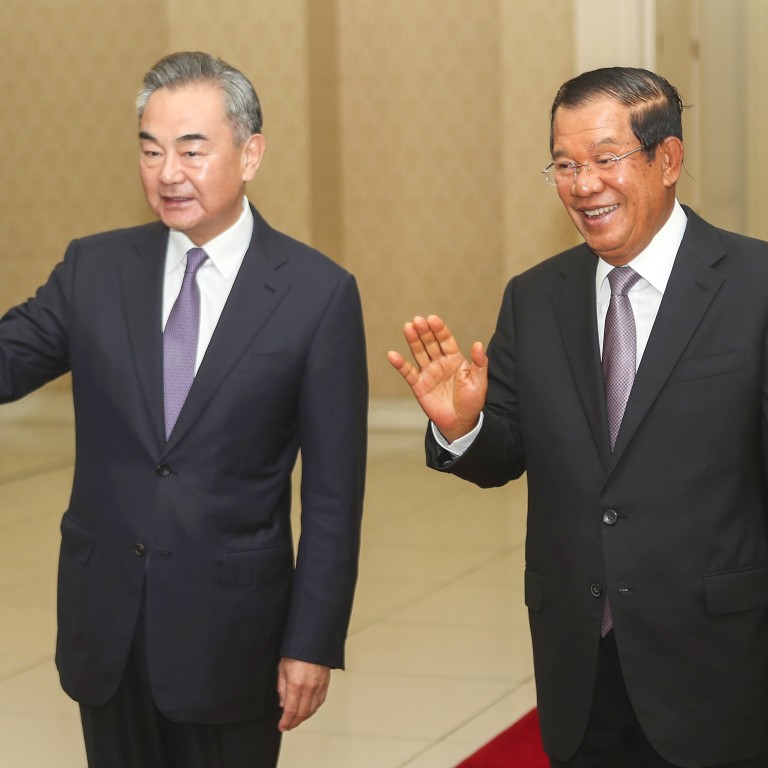
As China calls, is writing on wall for US-Cambodia military ties?
- Coronavirus aid and trade deals dangled by China’s Foreign Minister Wang Yi during his visit to Cambodia this week tell only part of the story
- The demolition of US facilities at a naval base is seen as paving the way for a Chinese military presence, a move some say will upset the balance of power in Southeast Asia
But while all eyes are on the demolition of a US-funded facility at one of Cambodia’s naval bases – reportedly to make way for Chinese military assets and personnel – little appears to have been mentioned on this front, at least openly, between Wang and the Cambodian leaders.
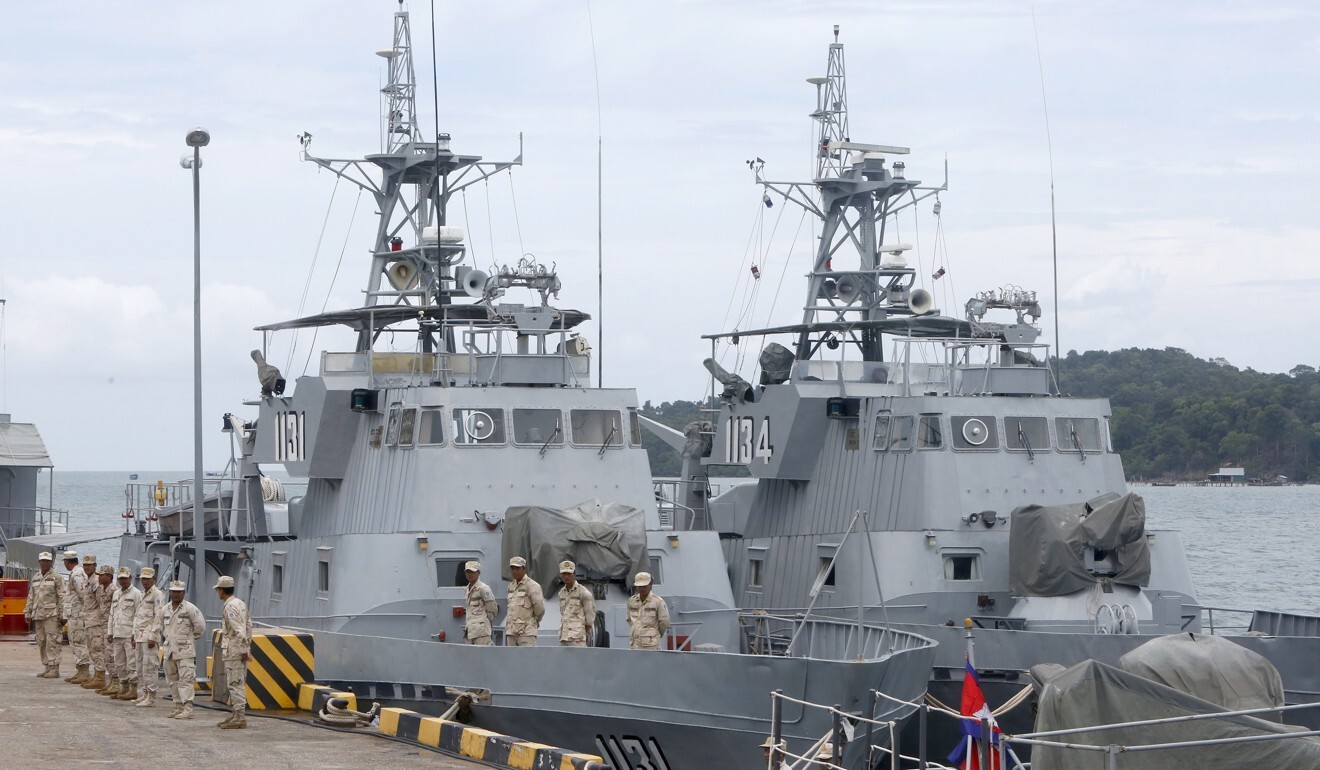
During the visit beginning on Sunday, Wang met Prime Minister Hun Sen, Deputy Prime Minister Hor Namhong and Foreign Minister Prak Sokhonn.
Both sides began their first round of free-trade negotiations in January last year and reached a final agreement in July this year, a first for the Southeast Asian country. The agreement is expected to come into effect early next year.
In Cambodia, China’s Wang Yi set to challenge US pressures
Chinese state media reported that the CCFTA will not only promote bilateral trade, but also help Cambodia address challenges in the post-pandemic era.
Earlier in the year, Beijing had provided materials and sent medical experts to help Cambodia in its fight against the coronavirus.
During Wang’s visit, the two countries also signed agreements on renovating a hospital and developing a sewage system in the coastal city of Sihanoukville.
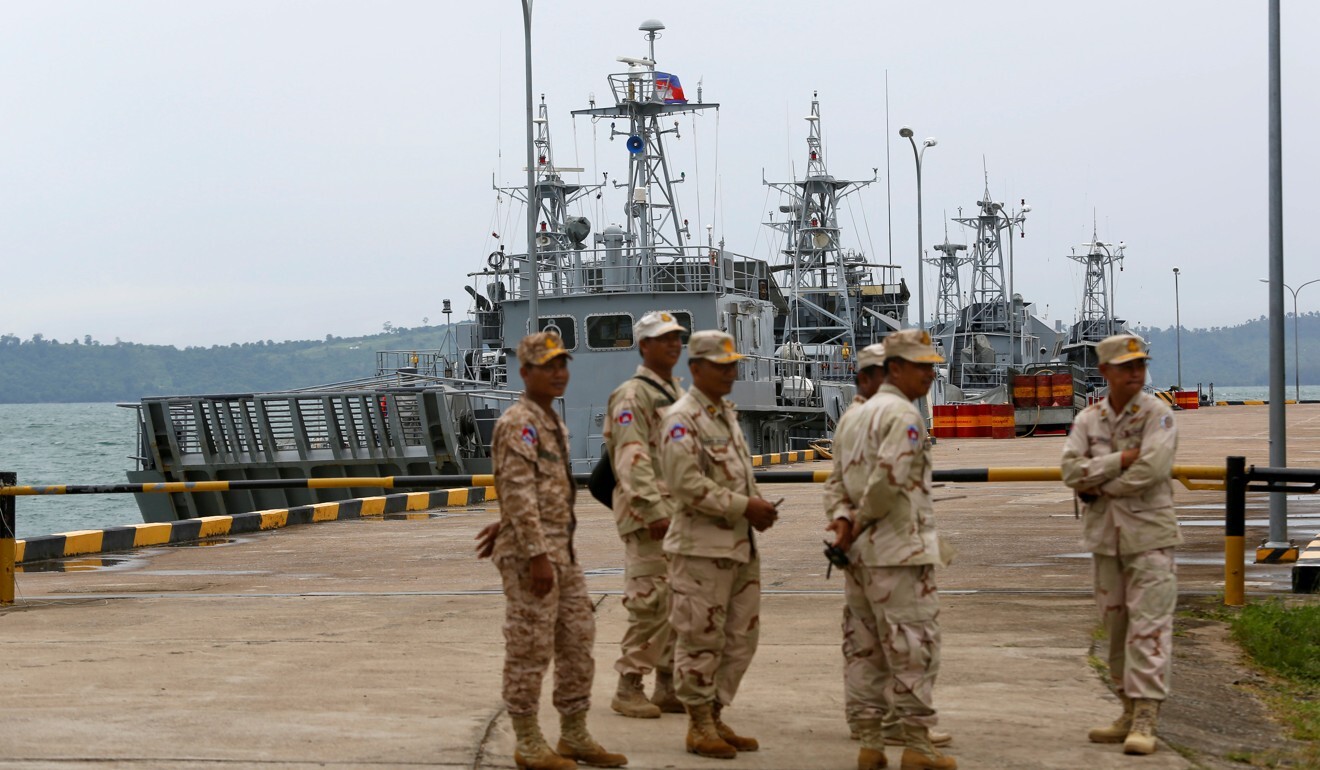
REAM NAVAL BASE
Wang’s visit to Cambodia – the first stop in his weeklong visit to Southeast Asia – comes just days after satellite images published by the Center for Strategic and International Studies showed a US-funded facility at the Ream Naval Base had been torn down in September.
The move prompted concerns in the US that Cambodia would allow the Chinese military access to the site. Such concerns have been building since a report last year claimed China and Cambodia had signed a “secret agreement” that would permit Beijing to station military personnel, store weapons, and dock warships on the base.
Last week, Cambodia’s government denied that the demolition of the US-funded facility was a signal that China would be granted basing privileges there, describing the work as a “planned infrastructure improvement”.
Phnom Penh also said the facility – the Tactical Command Headquarters – was too small and lacked docking facilities, with limited capacity for training and other activities. It said a larger facility would be established at a new location.
Cambodia ‘demolishes’ US-built navy facility, amid fears of secret China deal
However, these comments did not convince regional analysts and observers.
Timothy Heath, senior international defence researcher at the Rand Corporation, a Washington think tank, said the demolition was consistent with reports that Cambodia would build a port designed in part to support Chinese military vessels.
“Given the close relationship between China and Cambodia, it seems likely that Chinese military forces will be granted access to the new facilities,” Heath said.
“However, I do not think this will be a ‘military base’ in the US sense of a permanent, military-only base occupied by a large permanent troop presence. Instead, it may be more of a dual-use port that features only occasional PLA Navy visitors and small, discrete numbers of troops,” Heath added.

Coordinator of the China Programme at the S. Rajaratnam School of International Studies (RSIS) in Singapore Li Mingjiang thought it unlikely that China would enjoy exclusive use of the base, adding that the redevelopment of the facility would be mutually beneficial for Cambodia and China. Cambodia would have a larger naval base, while China would have an additional option to deploy and repair its military assets, Li said.
Sophal Ear, a diplomacy and world affairs professor at the Occidental College at Los Angeles, said Washington had not only failed to stop Cambodia and China from proceeding on Ream but also on the Dara Sakor investment zone.
A US$3.8 billion China-backed investment zone comprising 20 per cent of Cambodia’s coastline, Dara Sakor features phased plans for an international airport, a deepwater seaport and industrial park, along with a resort complete with power stations and water treatment plants.
The size of the project has prompted concerns in the US that it is part of a larger Chinese plan to base military assets in Cambodia and expand China’s strategic foothold into Southeast Asia.
Cambodia denies China will be allowed to use military base in Gulf of Thailand
WORSENING US-CAMBODIA TIES
Ear said the demolition of the base was a clear sign that Cambodia was not a reliable military partner to the US.
“It hasn’t been for a long time, cancelling military exercises left and right. The writing has been on the wall for a long time,” Ear added.
However, the joint US-Cambodia Angkor Sentinel exercise was discontinued in 2017 after what Phnom Penh said was the need for its troops to carry out a drug crimes purge and prepare for local elections that year.
“It will be more difficult now for the two countries to get the relationship back on track,” said Health.
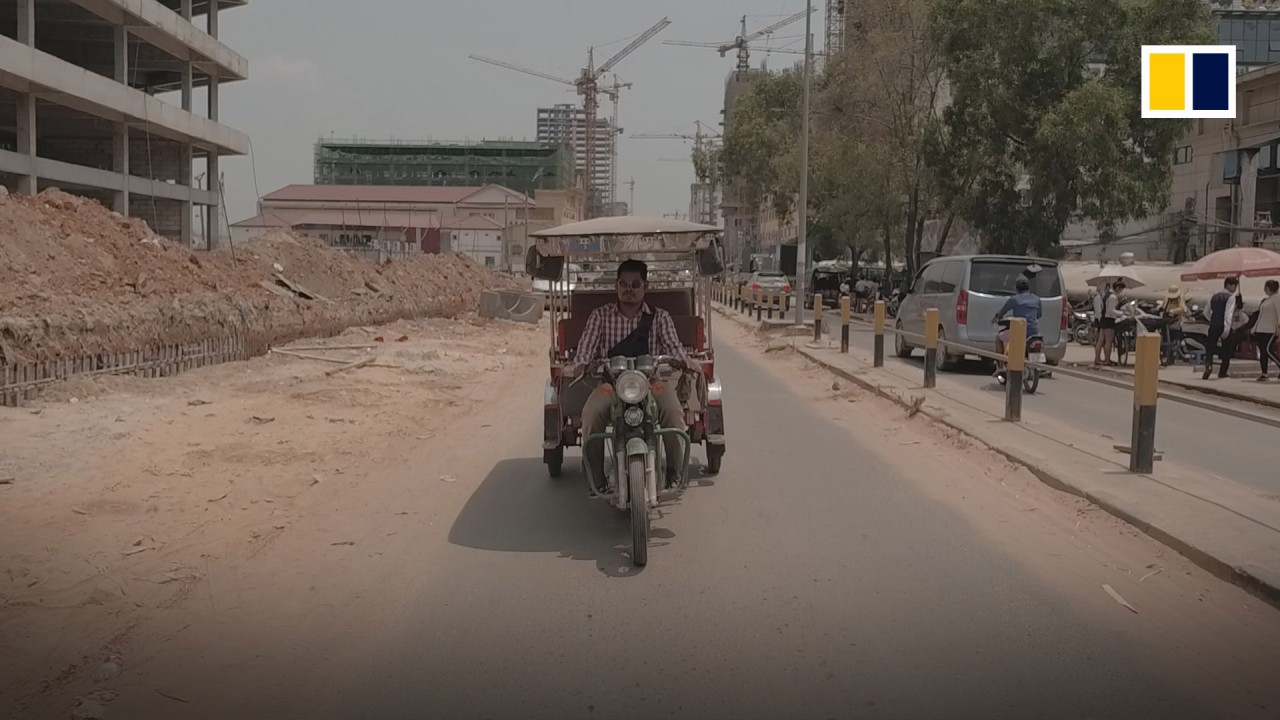
06:14
Change in Cambodia: Sihanoukville's Chinese influx
Cambodian Institute for Cooperation and Peace senior research fellow and PhD candidate at Australia’s Griffith University Sovinda Po said the demolition of Ream could be a tit-for-tat move after the US issued sanctions against the Chinese company responsible for developing Dara Sakor.
Last month, the US Treasury Department accused the Union Development Group of falsely registering as a Cambodian company to seize and demolish protected national park land, and of forcing Cambodians from their land and devastating the environment.
Pointing out that the US sanctions had upset both Beijing and Phnom Penh, Po said Cambodia might have chosen to demolish the naval base in order “to demonstrate both its loyalty to China and its anger to the US”.
Po said the demolition had not only complicated US-Cambodian relations, it had also reinforced US suspicions that “Cambodia is a Chinese proxy”, adding that if relations were to worsen, “the biggest loser will be Cambodia, not the US”.
STRATEGIC IMPLICATIONS
Analysts said if China was eventually allowed to move its military assets and personnel to Ream, the strategic balance of power in Southeast Asia would be affected.
Sebastian Strangio, journalist and author of the new book In the Dragon’s Shadow: Southeast Asia in the Chinese Century, said the Chinese navy would be able to project power into the Gulf of Thailand, and strengthen its control over the Strait of Malacca, one of the world‘s busiest shipping lanes.
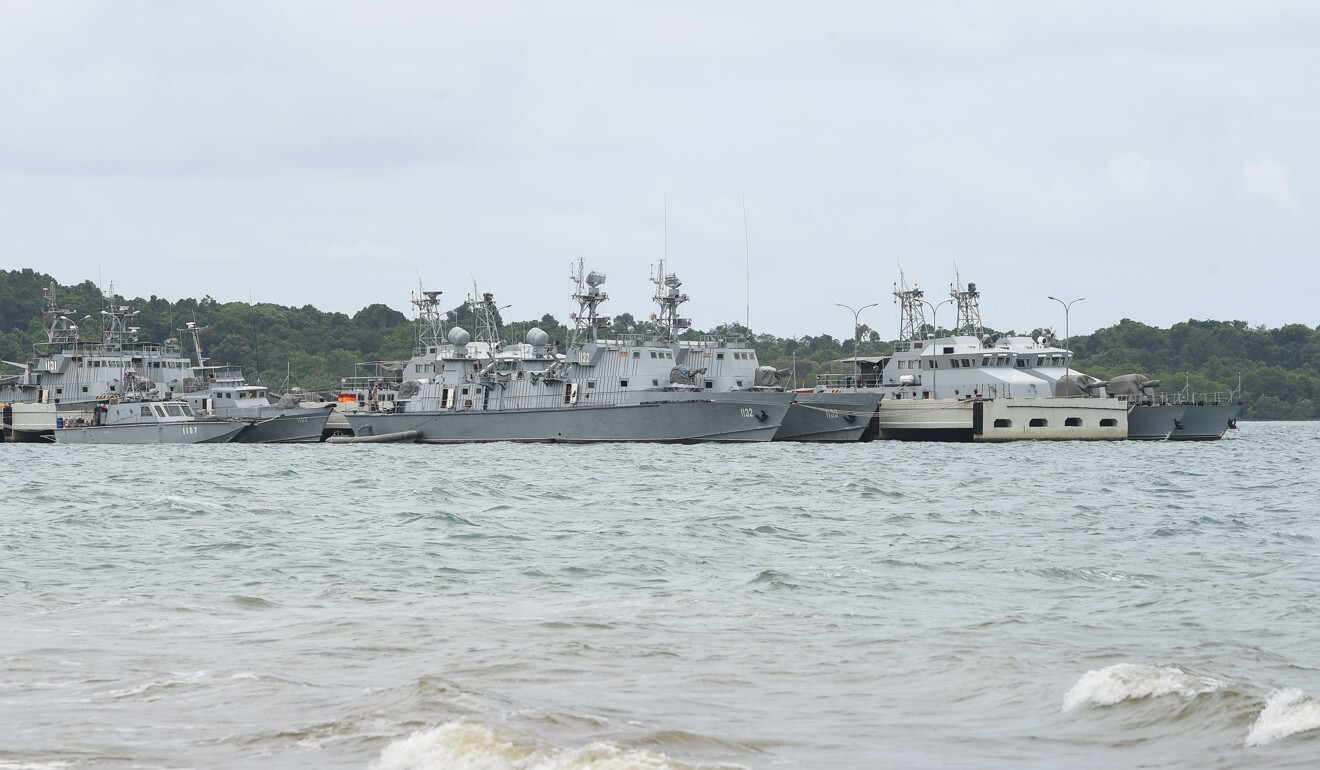
In recent years, Cambodia has been accused of giving Beijing de facto veto power in the regional grouping’s consensus-based decision-making process in return for economic and other forms of support from China.
Heath said if Chinese troops began to appear more frequently in Cambodia at Ream and other military facilities, an important precedent would have been set.
“It will show that China‘s military presence will grow in the region, that China now expects to have greater say over the security affairs of each Southeast Asian country, and that China will expect each country to more clearly express its support for Chinese leadership as Cambodia has done.”
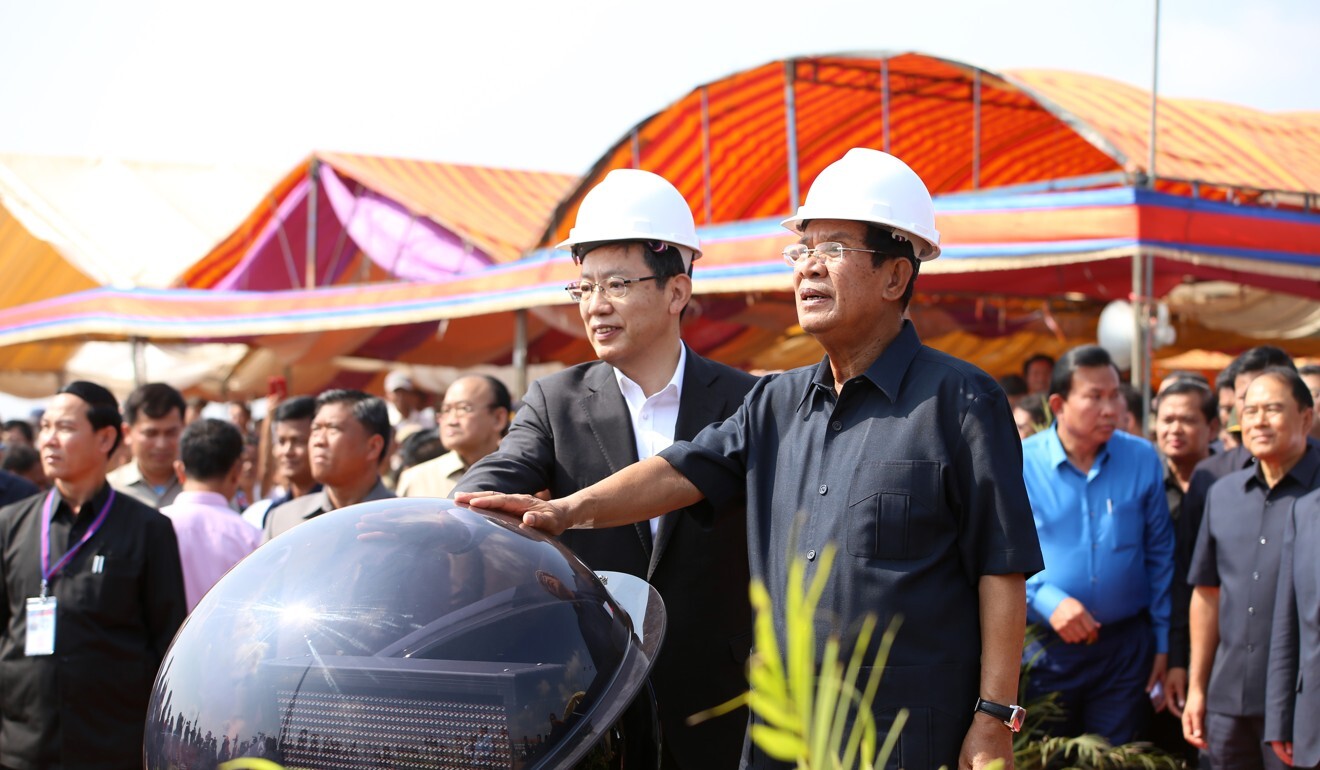
ALTERNATIVE TO CHINA?
Responding to criticisms that Cambodia had become overly-dependent on China, Hun Sen said last week he would consider stepping down from office if any of his critics could name a country able to replace China’s assistance in building infrastructure.
Another difficulty, according to Strangio, is how relations between Cambodia and most Western democracies have been strained by the prolonged crackdown on political opposition by Hun Sen.
Cambodia caught in the middle of US-China clash over South China Sea bases
In recent years, many Western countries have tightened sanctions on Cambodia, suspended visas to some Cambodian officials, and reduced or even threatened to interrupt aid to Cambodia.
Strangio said Western governments were unlikely to lower their standards to provide Hun Sen’s government with an alternative to China.
“Many view Cambodia as a relatively unimportant country where it is possible to stand on principle without incurring much of a political cost,” said Strangio.

